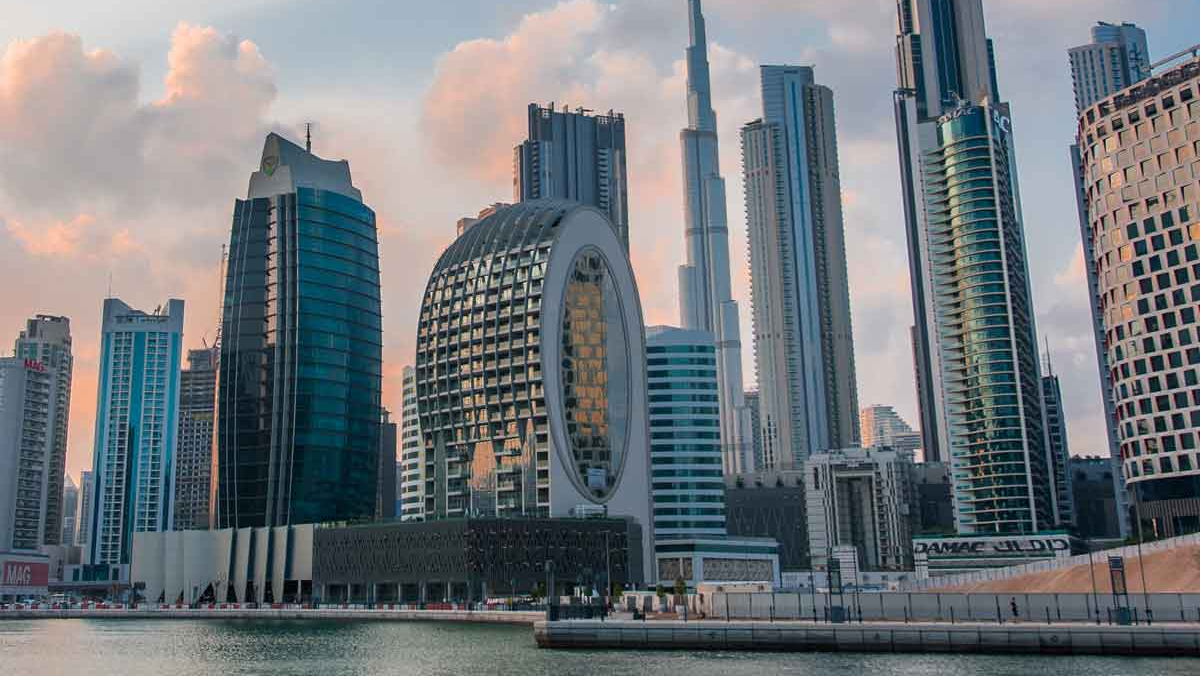Now Reading: Why Print Media in UAE Still Has a Future 2025
-
01
Why Print Media in UAE Still Has a Future 2025
Why Print Media in UAE Still Has a Future 2025

Table of Contents
The UAE has long been known for its vibrant and growing media landscape. From Dubai’s bustling media hubs to Abu Dhabi’s publishing powerhouses, the press sector plays a key role in the country’s communication ecosystem. But with digital platforms rapidly rising and audiences shifting online, many are now asking: What is the future of print media in the UAE?
This question is important not only for journalists and publishers but also for readers, advertisers, and policy makers. Despite the growing popularity of digital news platforms, print newspapers and magazines still hold value in the UAE thanks to cultural, legal, and economic reasons.
Print Media’s Strong Roots in the UAE

Print media in the UAE has a long-standing presence, with iconic newspapers like Khaleej Times, Gulf News, and Al Khaleej becoming household names over the decades. These publications have built a reputation for trust, quality journalism, and cultural relevance.
Unlike many Western countries where print circulation is declining sharply, the UAE still sees a relatively stable readership among certain segments of society. Older generations, business professionals, and Arabic-speaking citizens often prefer the physical experience of reading newspapers and magazines.
Moreover, printed materials are commonly used in educational institutions, government offices, and corporate environments giving them a level of credibility that digital-only platforms may lack.
Digital Transformation Pressures the Print Sector
Despite this loyalty to print, there is no denying the impact of digital transformation. Mobile phones, social media, and news apps have changed how people consume news. Many young readers now prefer short, bite-sized content they can read on the go.
In the UAE, where over 98% of the population uses the internet, digital content is becoming the first choice. Media brands like The National, Arabian Business, and Gulf News have expanded their online platforms to meet the rising demand.
Print media companies are investing heavily in websites, video production, and interactive content to stay relevant. The goal is not just to survive, but to lead the digital shift while maintaining journalistic quality.
Government Support for a Balanced Media Ecosystem
The UAE government has played a strong role in supporting media growth. Through initiatives like Dubai Media City, Abu Dhabi Media Zone Authority (twofour54), and the National Media Council, the country provides infrastructure, investment, and regulation to help media companies thrive.
Interestingly, the government still sees value in print media. Official communication, laws, and public notices are often published in newspapers. Print is also essential for archiving and documentation purposes.
There is also cultural significance in printed Arabic language publications, which serve as tools for preserving the language and promoting national identity.
Hybrid Models: Print and Digital Coexistence
The future is likely not about choosing between print or digital it’s about blending the two. Hybrid publishing models are already emerging in the UAE. For example, magazines like Emirates Woman and Harper’s Bazaar Arabia offer both a luxurious print edition and an engaging digital version.
Daily newspapers are also adopting similar models. They now publish shorter, more visual print editions while offering deep-dive stories and multimedia content online.
This allows them to reach both traditional and tech-savvy audiences. Advertisers benefit too, as they can run cross-platform campaigns that cover print, web, and social media maximizing their brand exposure.
Sustainability and Cost Challenges
However, one cannot ignore the economic and environmental challenges of keeping print alive. Printing costs, paper imports, and distribution expenses continue to rise. At the same time, advertisers are shifting budgets to digital platforms with measurable performance data.
The UAE is also committed to sustainable development. Reducing paper use and energy consumption is a national goal under its Green Agenda. This could push publishers to re-evaluate the volume of printed materials they produce.
Many are now focusing on limited-edition prints, weekend editions, or special supplements—cutting down on daily bulk without losing impact.
Opportunities in Niche and Community Print
Even as mass-market print declines, niche publications are seeing growth. Community-focused newspapers, industry journals, and luxury magazines are filling specific gaps in the market. These serve targeted audiences with unique interests from fashion and health to technology and finance.
In multicultural UAE, community newspapers in languages like Hindi, Malayalam, Tagalog, and Urdu continue to have loyal readerships. These papers provide news from home countries, local updates, and job information for migrant communities making them relevant and useful.
Journalism Still Matters In Any Format

At the heart of this shift lies one important truth: journalism still matters. Whether in print or digital form, credible news, investigative reporting, and community storytelling remain essential to an informed society.
Readers will continue to support media brands they trust. This means UAE print media has the potential to evolve not disappear. As long as newspapers and magazines adapt to changing technologies while keeping their values intact, they will remain part of the country’s media future.
Conclusion
The print media industry in the UAE is at a crossroads. But it’s not the end it’s a transformation. With digital adoption rising, print will likely take a more premium, focused role in the media mix.
Support from the government, combined with innovative hybrid models, gives hope for a balanced future where print and digital coexist. Publishers who invest in content quality, digital tools, and audience understanding will continue to thrive.
Read More:- Why Smaller Lawns Are Smarter: Save Water and Money Fast 2025





















